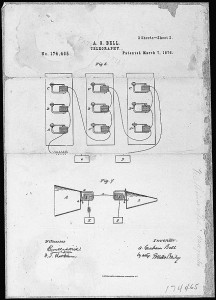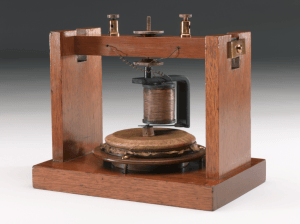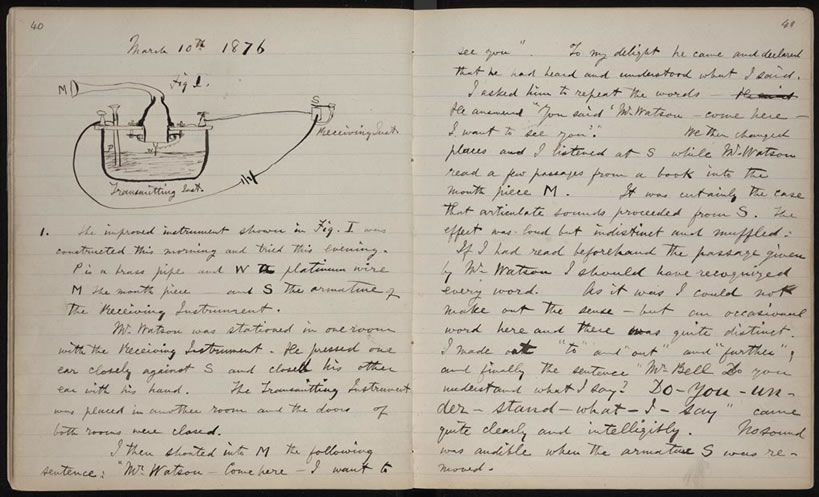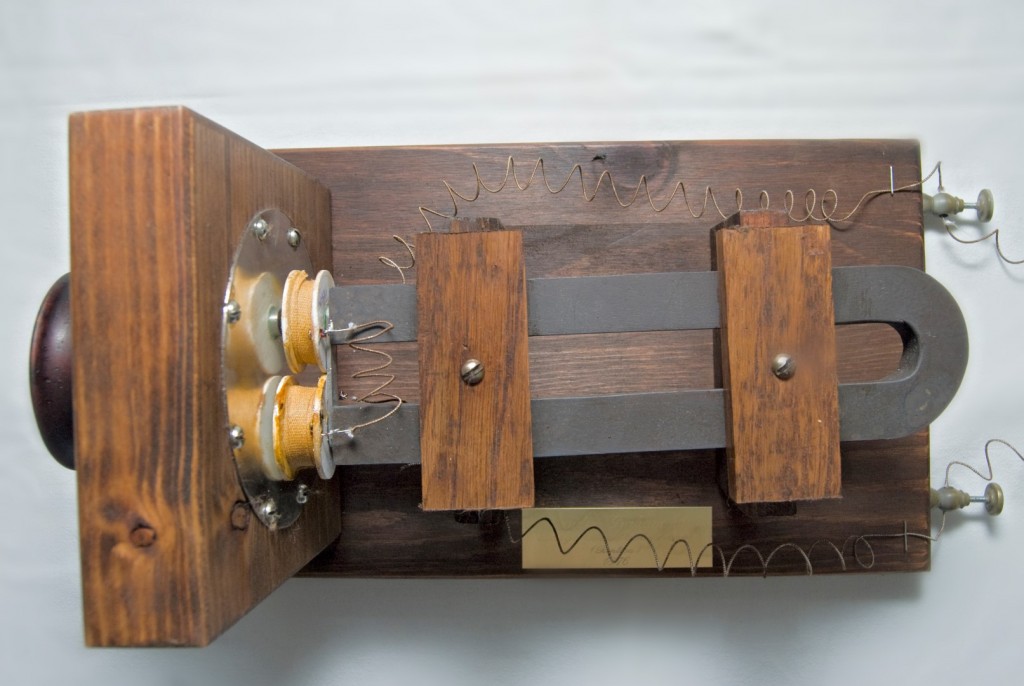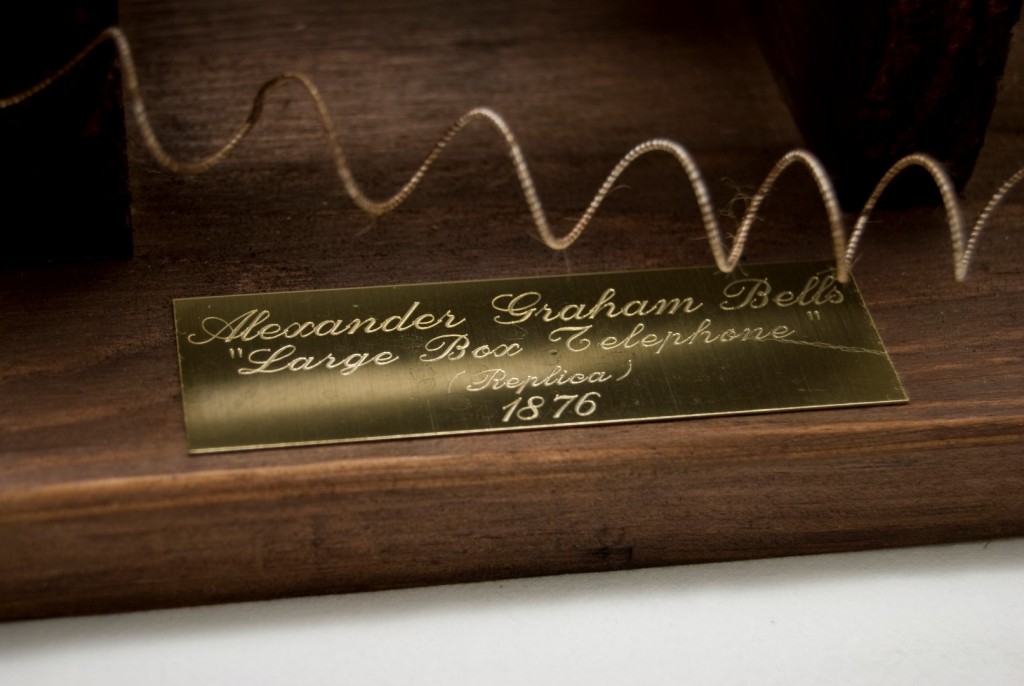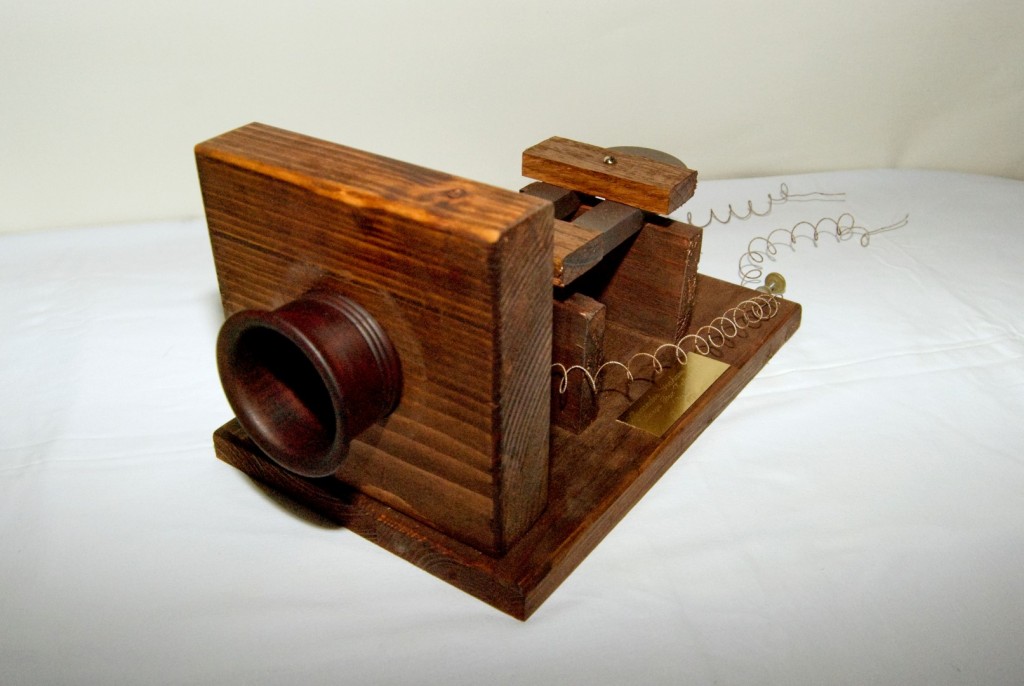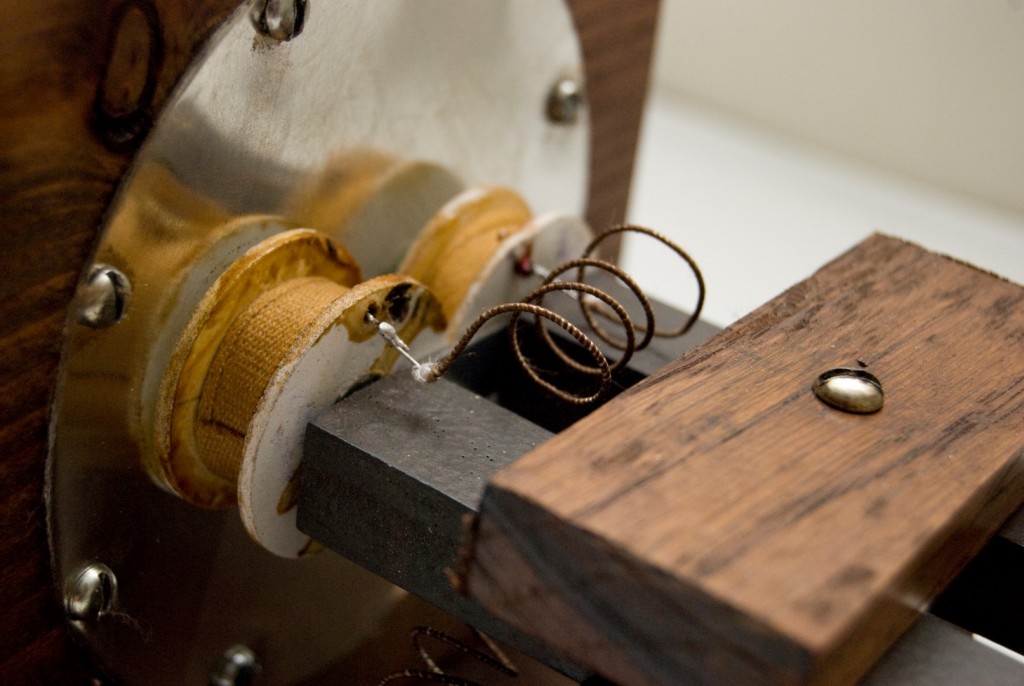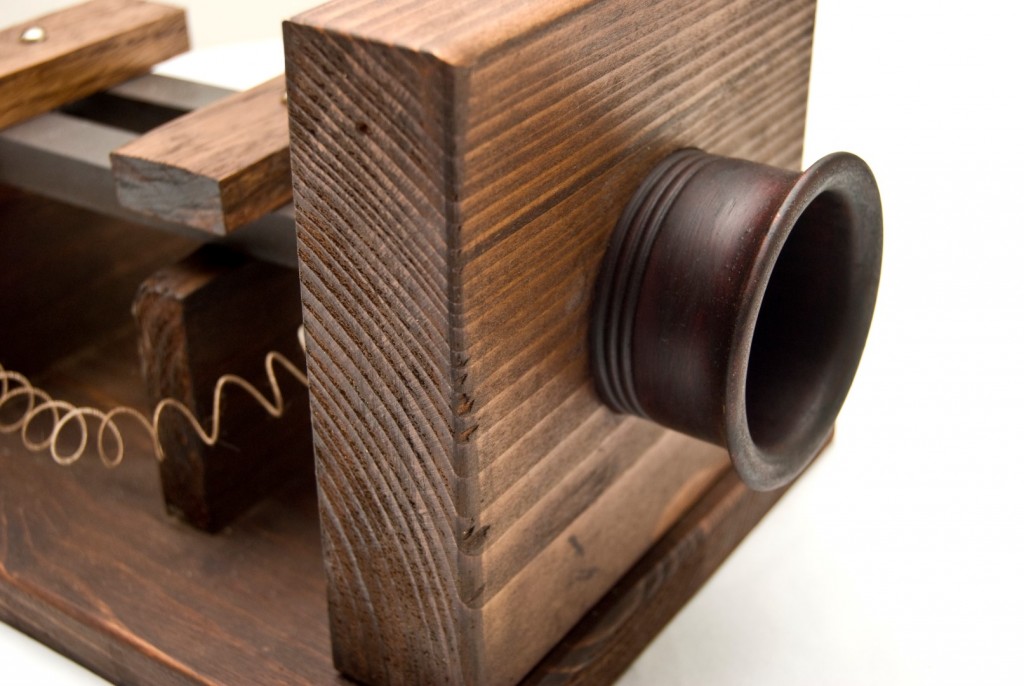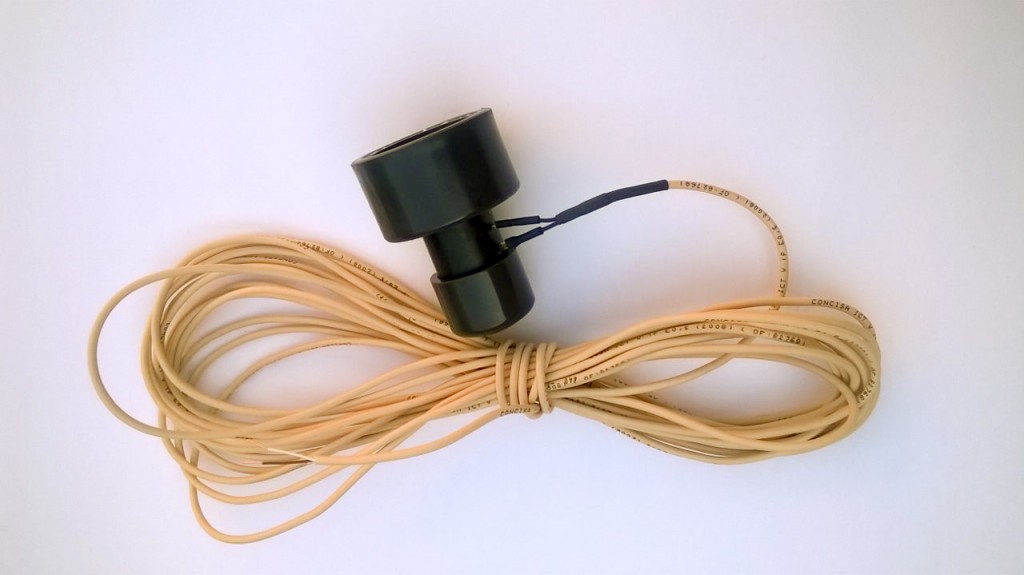It has become very popular (which we did not know, why deny it), the idea of placing as guest book at weddings and other celebrations, a puzzle in which the guests sign one of the parts so that you can keep memories framed or stored in a box.
It is an original idea that one girl asked us a few days ago for her wedding.
Although its sold everywhere, in wood, cut and engraved with laaser, she liked it painted in a light color, and in a “vintage” , worn-out style, so she commissioned to us.
In this case I can not show you the step by step because we hadn’t the opportunity to make the corresponding photos, but I can give you some tips to make it, because although the one you see here is laser cut and not everyone have one available you can decide to do it by hand.
If you want to make one, here’s the template. You can download a pdf at the following link.
 puzzle to download.
puzzle to download.
And a few tips:
– You can use the standard wood sold to do manual labor, but we advise you better use 3mm plywood. (It is sold in model shops) because it is smooth and firm, and will splinter less.
– To paint the wood as you see, worn kind, we recommend staining the wood first with walnut stain (or diluted paint, since we have not given a primer hand, it will absorb the paint) of the color yuo want for background, and once dry, with a swab or a cloth, apply furniture polish in areas that will expose (sanded), the wax paint not stick in wax and then will be easily removed.
– Depending on whether the end result we want to see the grain of the wood or not, apply primer in this moment. (O diluted white glue). In our case we did not.
– When choosing the color, must be taken into mind that the color of dried paint is generally darker than the one we see in the pot.
-The name and drawings (if we do not have laser) you can make them in various ways, either with brush and paint (rather dense, so it will not run through the veins), also with markers (if you have applied the primer, for the same reason). If you have pyrographer or electronics welder, you can burn it with heat. In this case best done before the paint and polish them, so they will not be covered then.
– Sand lightly with fine sandpaper across the surface, insist a little more on the areas where we want to lift the paint. (it will easily because it has wax).
Nothing else. Patience, in the end it will be nice.
And if you have a special project in mind but do not have means, contact us for a budget.
If you have any doubt that we can solve, do not hesitate to contact us.







